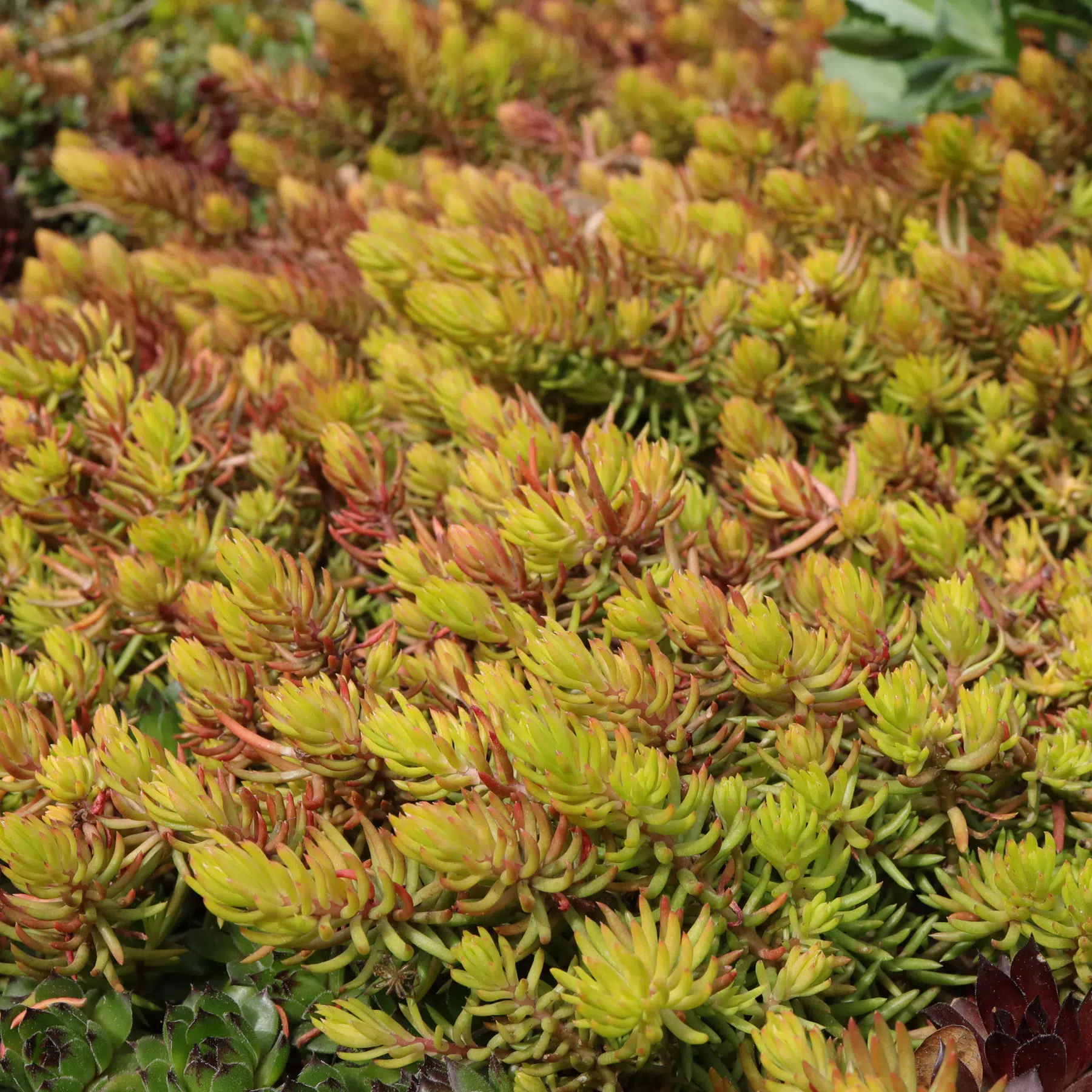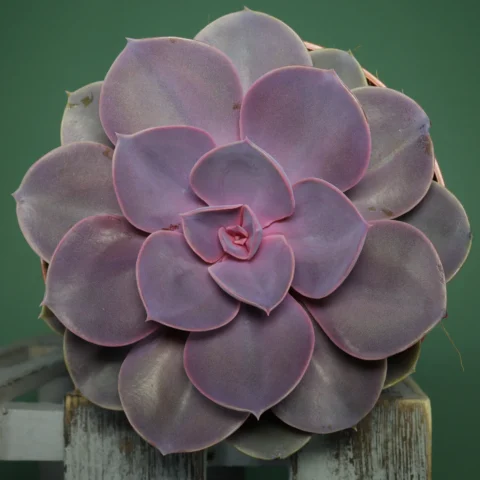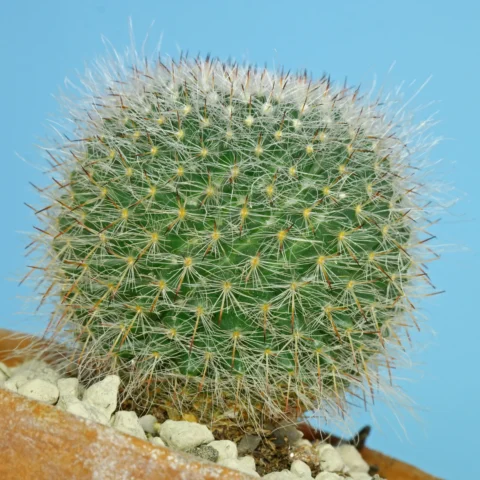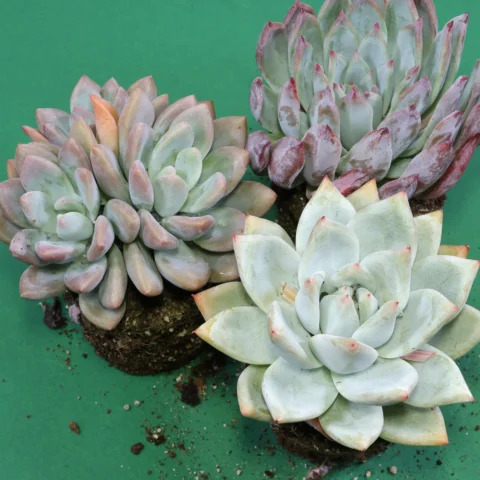Succulent plants can be found in many habitats. Where they sometimes have to cope with very little water and intense heat. Which is why they can store water in their leaves, shoots or roots.
Some species are heavily thorned, as protection from predators.
They have also developed various strategies to minimize the loss of vital water. This allows them to protect themselves, for example, by strong pubescence or a white mealy coating on their leaves.
By the way, not all succulents are relatives. Even if they may look very similar to each other.

Succulent plants, however, are not only found in deserts and steppes. They also colonize mountainous regions or tropical forests. The wild type of the popular Christmas Cactus comes from the Brazilian rainforest, where it grows sitting on trees.

Many succulents are popular as ornamental plants. Among them are hardy species that are suitable for year-round cultivation in the garden.
The fact that they can also cope well if not watered regularly has made them popular houseplants as well.

How to care for succulents
Succulents are adapted to very diverse habitats. General statements about their cultivation cannot be made.
A Living Stone (Lithops) from South Africa needs a different substrate than the Christmas Cactus from the rainforest.
Many cacti like it cool or cold in winter. Some Opuntias from North America even do well in wet winter weather.

So not all succulents are the same.
For the best care, it is important to know the needs of each species.

 Aeonium: a brief introduction
Aeonium: a brief introduction Agave potatorum
Agave potatorum Cereus jamacaru “Spiralis”
Cereus jamacaru “Spiralis” Crassula “Money Maker”
Crassula “Money Maker” ×Cremnosedum “Little Gem”
×Cremnosedum “Little Gem” How to care for Delosperma echinatum (pickle plant)
How to care for Delosperma echinatum (pickle plant)  Echeveria gibbiflora
Echeveria gibbiflora Echeveria prolifica
Echeveria prolifica How to care for Echeveria pulidonis
How to care for Echeveria pulidonis Gasteria: a brief introduction
Gasteria: a brief introduction Graptopetalum
Graptopetalum Hardy Stonecrops (Sedum)
Hardy Stonecrops (Sedum)  How to care for Mammillaria hahniana
How to care for Mammillaria hahniana How to care for Mammillaria spinosissima “Un Pico”
How to care for Mammillaria spinosissima “Un Pico” How to care for the Mexican firecracker (Echeveria setosa)
How to care for the Mexican firecracker (Echeveria setosa)  How to care for the Mexican giant (Echeveria colorata)
How to care for the Mexican giant (Echeveria colorata)  How to care for the Tiger Tooth Aloe
How to care for the Tiger Tooth Aloe How to care for tropical Peperomias
How to care for tropical Peperomias  Ornithogalum lithopsoides
Ornithogalum lithopsoides Succulent orchids
Succulent orchids Succulents for semi-shady places (indoor)
Succulents for semi-shady places (indoor)